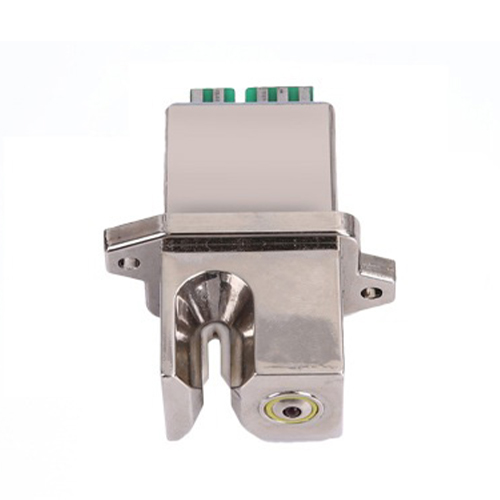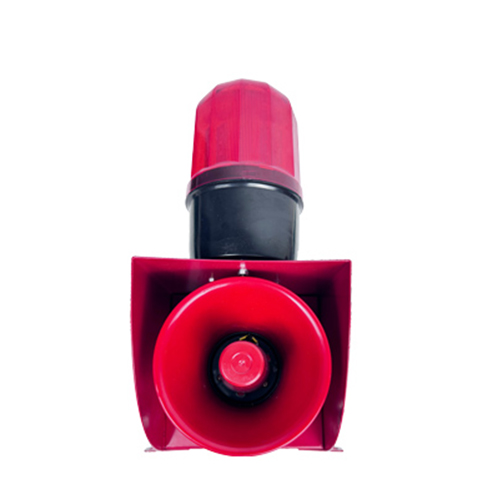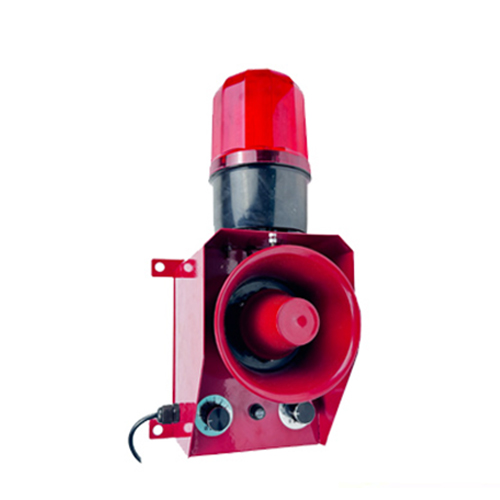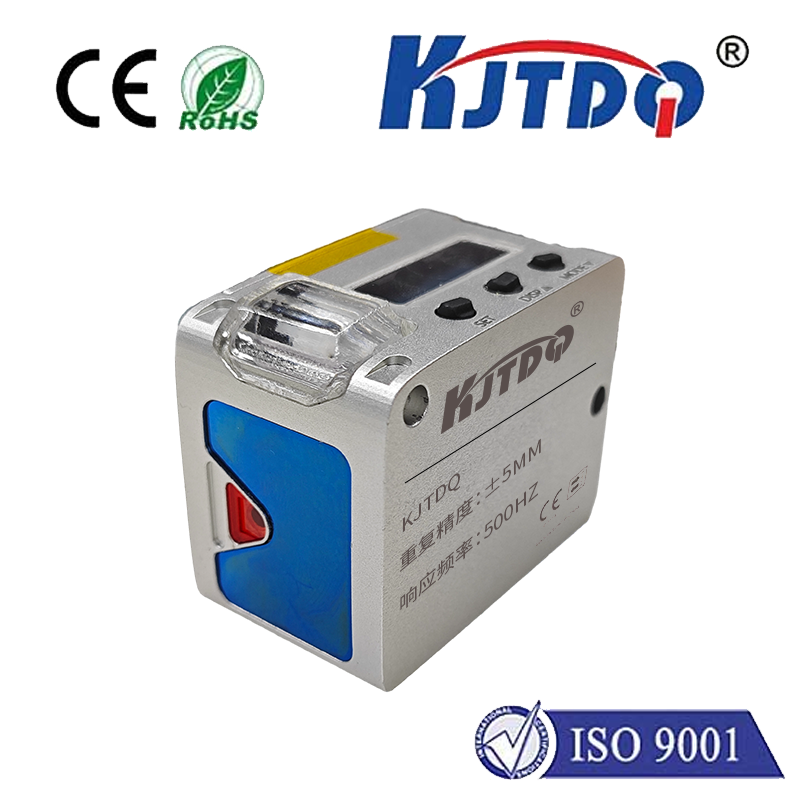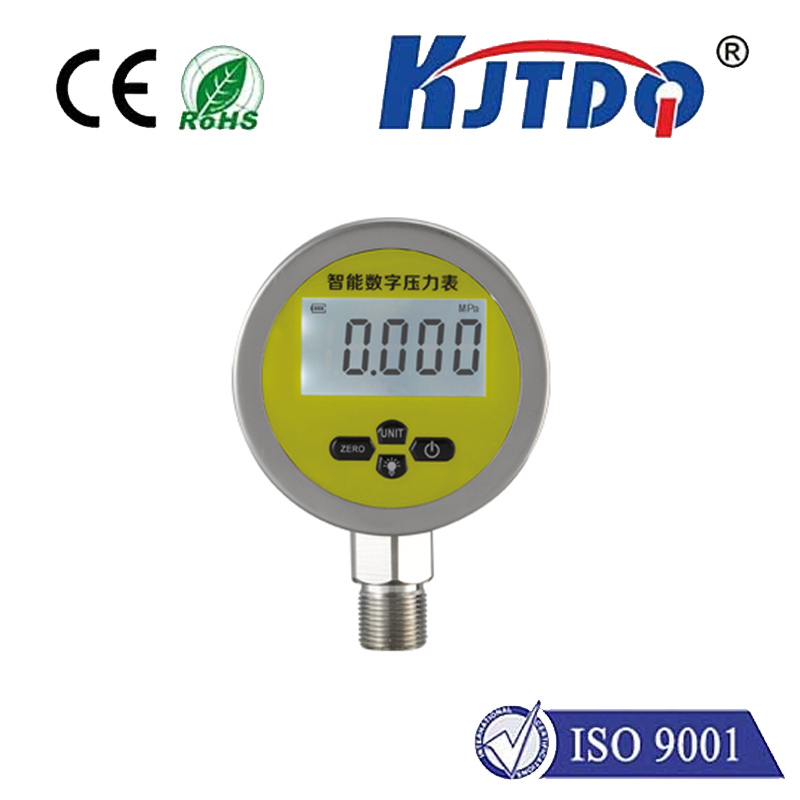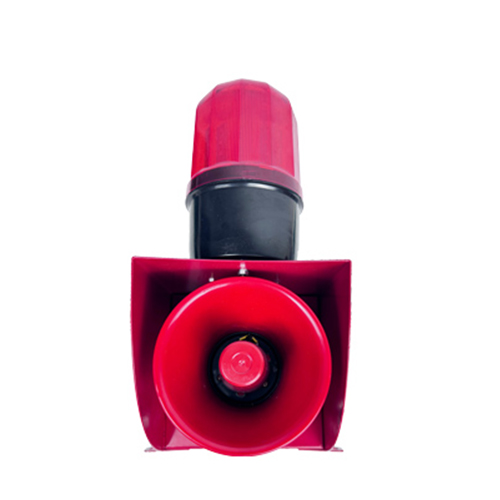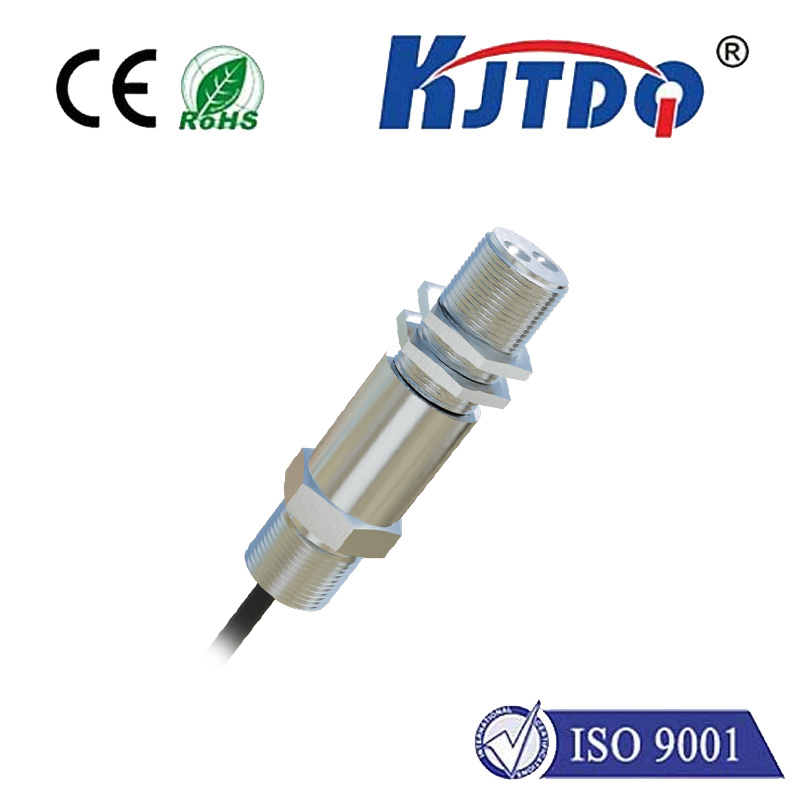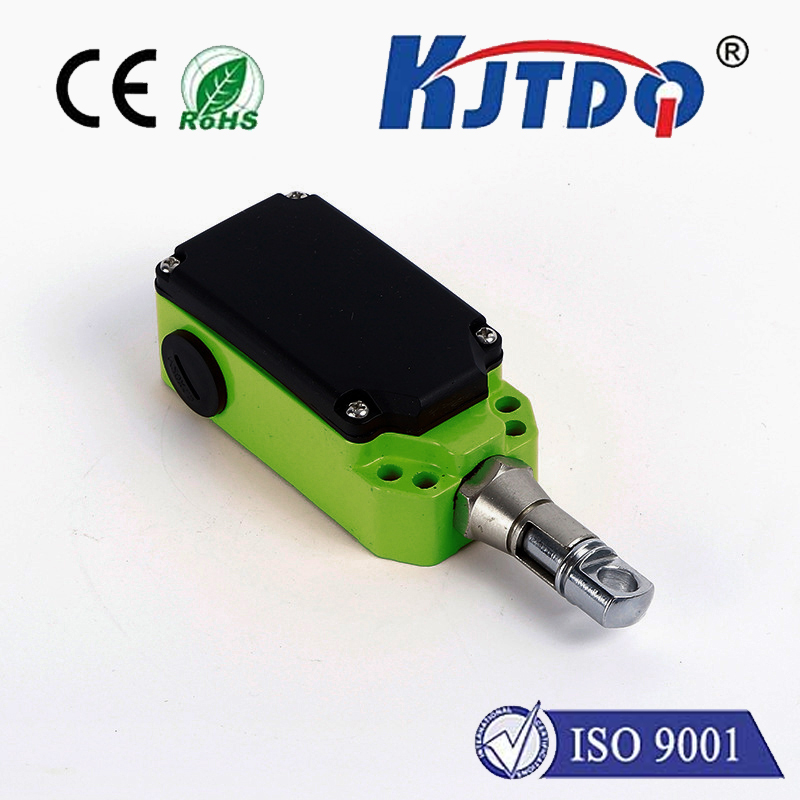

check

check

check

check

Title: “Understanding the Basics of Capacitive Distance Sensors” Introduction The technology behind capacitive distance sensors is a fascinating and crucial part of various modern electronic devices. These sensors, which rely on the principle of capacitance to measure distance, have become an integral part of automation, robotics, and numerous other fields. This article aims to shed light on the workings of capacitive distance sensors, their applications, and their significance in today’s technological landscape. How Capacitive Distance Sensors Work Capacitive distance sensors operate based on the change in capacitance between two conductive plates when an object comes within a certain range. The core concept here relies on the fact that all objects have a measurable effect on the electromagnetic field. When an object approaches or moves away from the sensor, it alters the electrical capacity between the plates. The sensor then converts this change into a distance measurement. Applications of Capacitive Distance Sensors These versatile sensors find applications in a wide array of sectors. In industrial settings, they help monitor the level of liquids or granular substances in tanks and hoppers. They play a vital role in automotive manufacturing for quality control and precision assembly. Furthermore, in consumer electronics, capacitive touchscreens are perhaps one of the most common applications, enabling responsive interfaces for smartphones, tablets, and other gadgets. Advantages and Challenges One major advantage of capacitive distance sensors is their non-contact nature, which minimizes wear and tear and contamination risks, making them suitable for use in harsh environments. However, challenges do exist, such as interference from nearby conductive materials or varying environmental conditions that can affect the sensor’s accuracy. Conclusion Capacitive distance sensors are a testament to how foundational principles of physics can be harnessed to create practical solutions for real-world problems. As technology continues to evolve, these sensors will undoubtedly play an even more significant role in shaping the future. Understanding their functionality and potential helps us appreciate the intricate balance of innovation and science that drives progress in our interconnected world.
